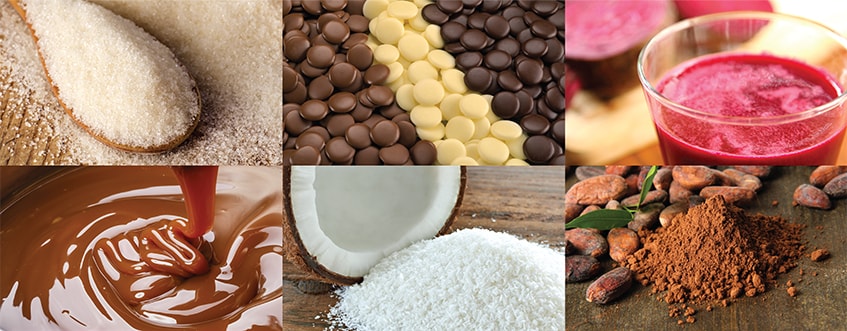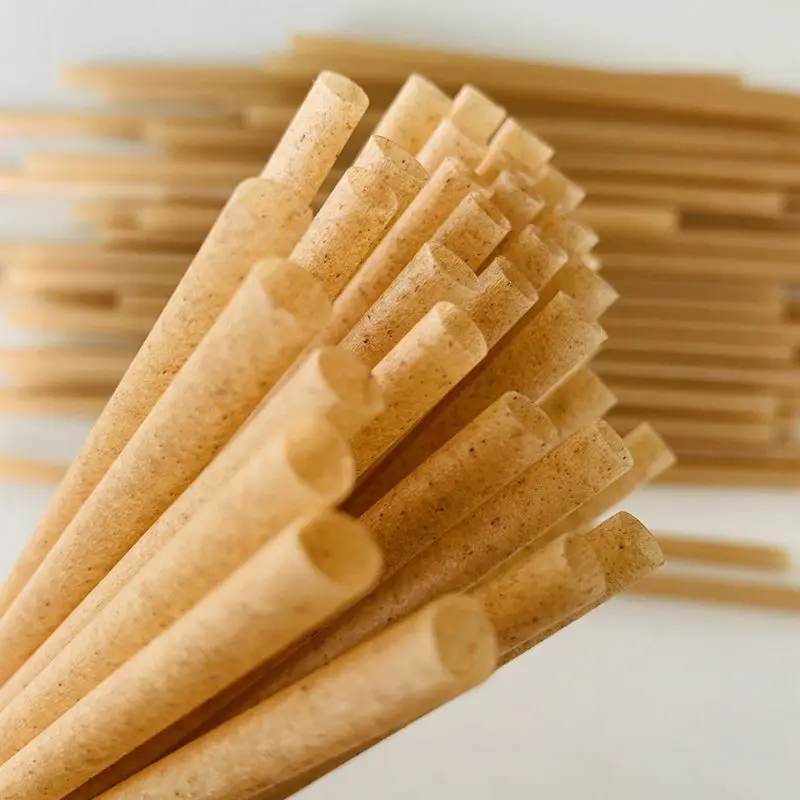The Trip of Sugarcane: From Harvest to Everyday Products
The trip of sugarcane is a diverse procedure that starts with meticulous farming and finishes in a range of items that permeate our day-to-day lives. As we check out the various elements of sugarcane's journey, its role in sustainability and the more comprehensive ramifications for our environment come right into sharper emphasis.
Growing of Sugarcane
The farming of sugarcane is a critical farming process that calls for certain ecological conditions and monitoring practices. Optimum development occurs in exotic and subtropical areas where temperature levels range in between 20 ° C and 32 ° C. Adequate rainfall or irrigation is vital, as sugarcane thrives in damp dirt with well-drained conditions (sugarcane product). Dirt top quality substantially affects yield; hence, farmers often conduct dirt examinations to establish nutrient requirements
Growing usually takes place in rows, making use of stem cuttings understood as setts, which are planted horizontally. This approach promotes efficient collecting and takes full advantage of sunshine direct exposure. Plant turning and intercropping are advised methods to improve soil fertility and minimize parasite invasions. In addition, farmers utilize incorporated pest management techniques to minimize chemical inputs while making sure healthy and balanced crop advancement.
Prompt application of these plant foods can significantly boost sugar returns. Generally, effective sugarcane farming pivots on a combination of ecological stewardship, calculated planning, and ongoing management techniques.
Collecting Techniques
Effective sugarcane cultivation culminates in the harvesting stage, which is crucial for making best use of yield and guaranteeing high quality. The timing of the harvest is critical; sugarcane is commonly collected when sucrose levels optimal, typically between 10 to 18 months after growing. This period differs based on environment, dirt kind, and sugarcane range.
Gathering strategies can be extensively classified right into manual and mechanical approaches. Hand-operated harvesting is labor-intensive, depending on knowledgeable employees who utilize machetes to cut the stalks close to the ground. This technique permits careful harvesting, where only the ripest canes are picked, thus improving total sugar content.
On the other hand, mechanical harvesting has actually gained appeal because of its efficiency and cost-effectiveness. Specialized harvesters furnished with reducing blades and conveyor systems can process large locations promptly, substantially reducing labor prices. This strategy may lead to the addition of premature walking sticks and a possible decrease in sugar high quality.

No matter of the method employed, making certain that collected walking sticks are moved swiftly to refining centers is important. Trigger handling lessens wasting and protects the integrity of the sugarcane, setting the stage for ideal processing.
Processing Methods
Processing sugarcane involves numerous essential actions that transform the gathered stalks into functional products, mostly sugar and molasses. The preliminary stage is cleaning the cane to eliminate dirt and particles, followed by the removal of juice through crushing or milling. This procedure generally utilizes heavy rollers that break the walking cane fibers to release the wonderful liquid contained within.
When the juice is extracted, it goes through explanation, where contaminations such as soil particles and bagasse are eliminated. This is frequently accomplished by including lime and warming the juice, permitting sedimentation. The cleared up juice is then concentrated through dissipation, where water web content is minimized, causing a thick syrup.

Eventually, the handling of sugarcane not just generates sugar and molasses however additionally lays the groundwork for different derivatives, which will certainly be checked out in subsequent discussions.
Products Derived From Sugarcane
Sugarcane is a functional plant that produces a vast variety of items beyond simply sugar and molasses. Amongst the main by-products are ethanol and biofuels, which have actually gained prominence as renewable resource resources. Ethanol, produced with the fermentation of sugarcane juice, acts as a different to nonrenewable fuel sources and is often blended with gasoline to create cleaner-burning fuels, minimizing greenhouse gas emissions.
In addition, sugarcane is a discover this significant resource of bagasse, the coarse deposit staying after juice removal. Bagasse is used in various applications, including the manufacturing of paper, naturally degradable product see page packaging, and as a biomass fuel for power generation. Its usage not only minimizes waste yet likewise improves the sustainability of sugarcane handling.
Additionally, sugarcane-derived products prolong to the food industry, where it offers as a natural flavor representative and sugar in different culinary applications. In the world of cosmetics, sugarcane extracts are integrated right into skin care products because of their all-natural exfoliating residential properties.
Ecological Influence and Sustainability
The farming and handling of sugarcane have significant implications for ecological sustainability. This crop calls for considerable water resources, typically bring about exhaustion of neighborhood water materials and influencing bordering ecosystems. Furthermore, using plant foods and chemicals in sugarcane farming can cause dirt deterioration and river air pollution, positioning dangers to biodiversity.

Sustainable sugarcane farming likewise promotes soil wellness through plant turning and lowered husbandry, enhancing carbon sequestration. The fostering of these techniques not just supports ecological honesty however also boosts the resilience of farming areas versus climate modification.
Verdict
In summary, the journey of sugarcane incorporates different phases from cultivation to processing, inevitably resulting in a vast array of products. The significance of sugarcane expands past mere sweeteners, adding to sustainable power with ethanol production, sustainable product packaging through bagasse, and natural essences for cosmetics. check over here This diverse plant plays an essential duty in both nutritional enrichment and environmental sustainability, highlighting its importance in modern farming and industrial practices.
Successful sugarcane farming culminates in the collecting phase, which is critical for optimizing yield and making sure high quality. The timing of the harvest is critical; sugarcane is typically collected when sucrose levels height, usually in between 10 to 18 months after growing.Handling sugarcane includes several critical actions that transform the harvested stalks into functional items, largely sugar and molasses.Sugarcane is a versatile plant that generates a vast variety of products beyond just sugar and molasses. In addition, the usage of plant foods and chemicals in sugarcane farming can result in soil deterioration and river pollution, posing risks to biodiversity.